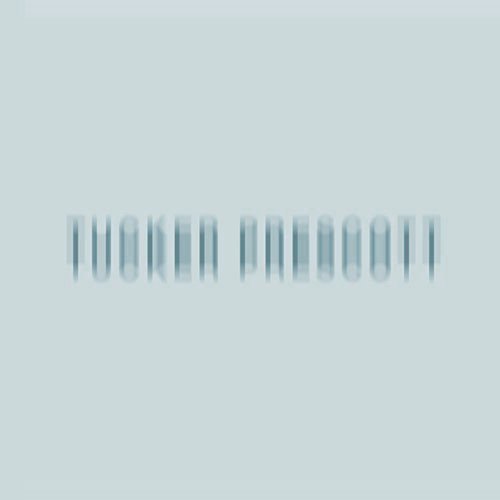(I've been back in the states for a while now and will soon post some stories about my travels here, stay tuned!)
When I bought my t2i, I, like many, had only the kit lens. I wished for better, sharper lenses with creamy bokeh, but they were too expensive, far out of reach. I thought I was screwed until I read about the used lens market and those who mounted old lenses on new cameras. I bought my first old lens in 2011, a 60's era Super-Multi-Coated Takumar 50mm f/1.4, for $105. I was introduced to creamy bokeh, shallow depth of field, and low-light shooting. The filter ring was bent by a friend who dropped it accidentally, so I replaced it with this copy, shown above.
In 2012 I received an old Nikon FG and some lenses from my uncle that had been sitting in a basement. There was a 24mm 2.8 and a 70-210mm 4-5.6, both giving my camera new abilities and rounding out my focal range possibilities. I stopped using my kit lens, and I still use the 24mm 2.8, it's been through some rough times and it's a little banged up now, but it still holds up great.
I wanted brighter capabilities for my long focal length shooting, so in 2012 I bought a Vivitar Series 1 70-210 f/3.5 for $75. While not perfect, the lens is pretty darn sharp, has incredible macro capabilities, and some great, sometimes swirly bokeh. It is reasonably compact for the aperture, so I take it on hiking trips. I currently use a Tokina ATX SD 80-200 f/2.8 for telephoto shooting, a lens I lucked out on finding after the previous owner mislabeled the Ebay auction and sold it for $30. It's bright, big, and fun to use.
Are any of these lenses incredibly sharp? Actually, the Takumar is damn near pin sharp above f/2.8, more than sharp from 2.8 to 1.8, and reasonably sharp at 1.4. It blooms a bit bright highlights at 1.4, but I find it quite pleasing. The color of the spherochromatism is quite nice as well. Some of the adhesive between elements has yellowed due to thorium glass, but it's quite simple to compensate for the change in white balance. It also has wonderful lens flare.
The Nikon 24mm 2.8 seems to lose quite a bit of sharpness in the corners, and on infinity focus has never been exactly in focus at f/2.8, but the defects are really quite negligible, too small for anyone to notice without blowing up the full-size file to 200%. It has great color, good bokeh with pleasing spherochromatism, and reasonable sharpness. If there is one problem I have with it, it would be the ugly cold purple and bright green lens flare, a problem I have had to deal with many times. It's just something I have to watch out for.
The Tokina is not very sharp, and I haven't learned all of it's strengths and weaknesses yet. at times it has some bad purple fringing, as well as ugly purple bits in the center of bokeh circles. It seems to be much sharper at shorter focal lengths than at longer ones. When the bokeh doesn't have problems, it is creamy and beautiful. I'm often not sure how much I like this lens, and often change it out with the Vivitar Series one depending on how I feel (or if I need macro, such a wonderful quality in the Vivitar). For the most part, the defects I see are not noticeable by others, and if they are, others don't seem to care.
My point in writing this is that, if you're starting out, expensive lenses are not necessary. Hell, expensive cameras are not necessary. A t2i or Gh2 are both around $200-300, and you could have a full set of bright primes, a 24, 50, and 135, for $200 or less. At the level of detail that these cameras shoot in 1080p, L glass isn't necessary. When you use old glass, you get smooth focusing and metal construction. If you like auto-focus, that may be a problem, but, in my opinion, focusing manually is easier than auto-focus. With small depth of field, auto-focus can miss, and you have to change your composition to line up your subject with a auto-focus point, focus, then recompose. I stick with manual focus because it's cheaper and because the more I use it, the better I become.
To say what many have said before, sharpness does not make a better image. Composition, lighting, etc. make a better image. Buying cheap lenses gave me the tools to create images without using up my savings. Unless I spring for an A7s as an upgrade someday, a camera who's rolling shutter would really benefit from IS, I will not be buying new lenses. They lack character. For many jobs, that may be what is required: clean, sterile images, the look of big name commercials shot on Alexas and given high-key grades. But I'm not trying to go down that route, I intend to live cheaply and make whatever I want. And what I want right now isn't clean. I certainly wouldn't be putting film grain over my digital footage if I wanted that.
Buy some shit glass, then go out there and see what you make. It's fun, I promise. I've bought other lenses, like a 28mm f/2.5 ($15) and a 135mm f/2.8 ($10) that were crap, but fun to play with. In all honesty, shooting 1080p on a Canon DSLR, it is highly unlikely you will be able to tell the difference in quality between a $30 lens and a $2000 dollar lens.







